
Лабораторные работы / Решенная лабораторная по физике 04
.docThe laboratory work No 4.
Study of a rotational motion.
Had done by the student gr: 220473я F.N.S. Pavlov F.E.
Checked by ______________________ date ____________
Purpose: to study the dependence of angular acceleration of the body rotating comparatively to the motionless axis, from the net moment of acting on him forces.
The order of performing a work:
-
Rotating a pendulum for spokes A, wind a thread on a pulley B and to lift a cargo C of weight m specified it, on greatest possible height h.
-
To measure a time of falling a cargo (5 times). Evaluate an average time <t> of falling a cargo. Evaluate a torque
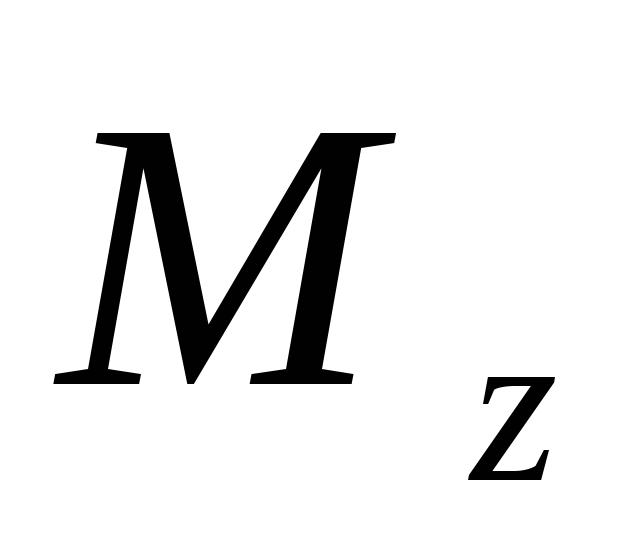 by formula
by formula
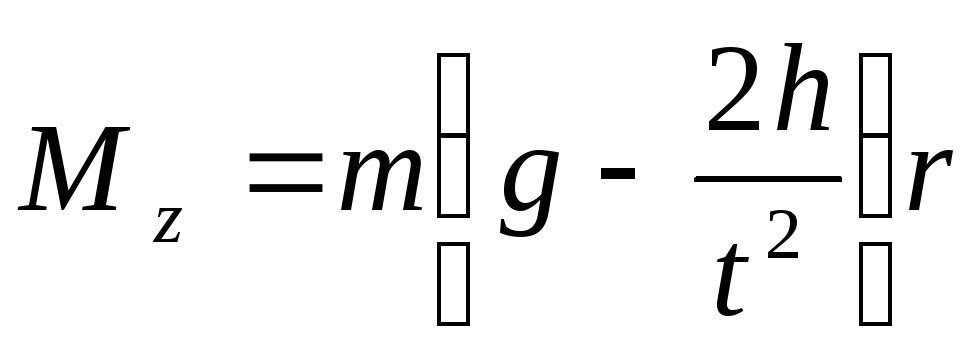 and angular acceleration
and angular acceleration
 by formula
by formula
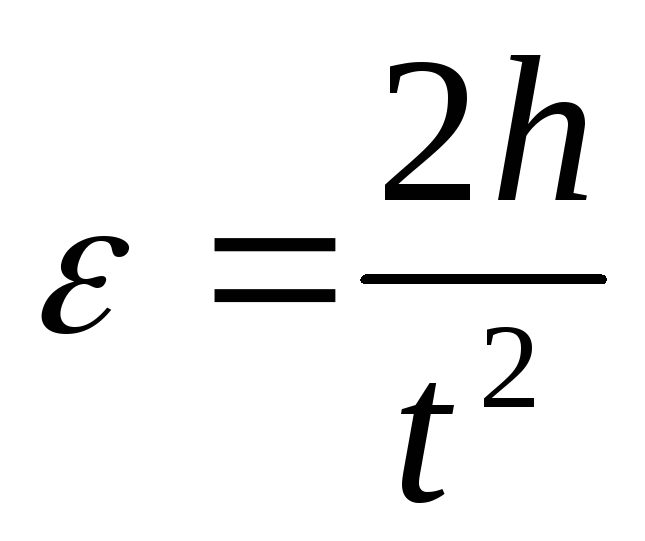 .
To measure by ruler h and r(the radius of pulley,
on which winded
a thread).
.
To measure by ruler h and r(the radius of pulley,
on which winded
a thread). -
Most to do, adding for a cargo supplementary weights .
-
Write data of measurements and calculations in the table 1.
-
Construct a plot of dependence
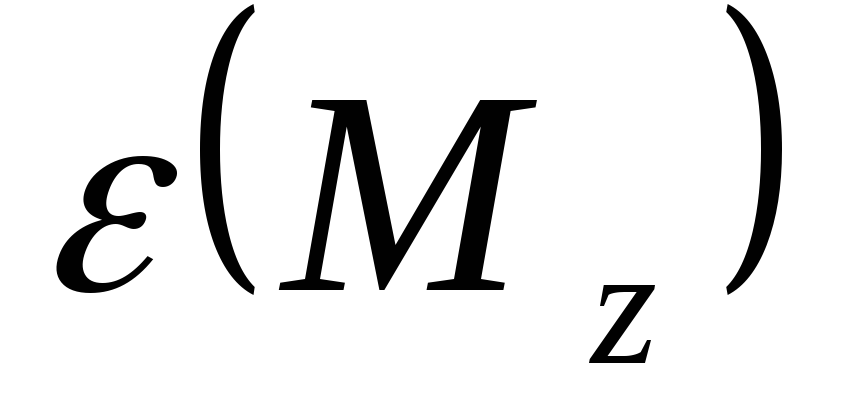 .
. -
Define by the plot : a) a moment of inertia of the cross
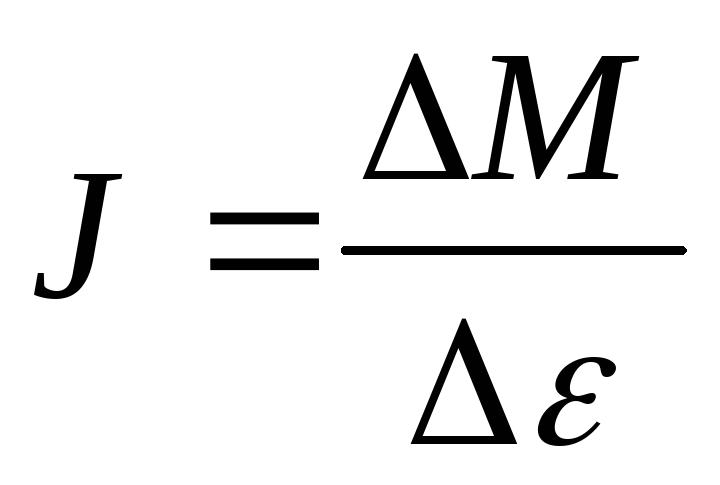 ;
;
b)
a moment of friction force
![]() ,
modulus of which is equal
,
modulus of which is equal
regression intercept OD.
Theoretical description:
We got a formula
![]()
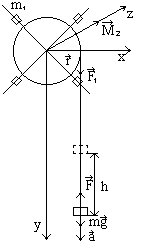
Where y-y0=h, V0y = 0, ay = 0, because of this:
![]()
Further follows, ar= r
![]()
B![]() ecause
of the second Newton's law we can write:
ecause
of the second Newton's law we can write:
I![]() n
the projection on axis y:
n
the projection on axis y:
W![]() e
have chosen. That ay
=
a, gy
=
y, Fy
= -F, so
e
have chosen. That ay
=
a, gy
=
y, Fy
= -F, so
![]()
So,
![]()
And the result for M is:
|
N |
m1, kg |
t, s |
<t>, s |
, rad/s2 |
M, Nm |
|
1 |
0.1461 |
8.95 |
8.884 |
0.6969 |
0.0292 |
|
8.82 |
|||||
|
8.65 |
|||||
|
9.10 |
|||||
|
8.90 |
|||||
|
2 |
0.1944 |
7.22 |
7.312 |
1.0287 |
0.0388 |
|
7.64 |
|||||
|
7.15 |
|||||
|
7.35 |
|||||
|
7.20 |
|||||
|
3 |
0.239 |
6.64 |
6.232 |
1.4161 |
0.0477 |
|
6.02 |
|||||
|
6.05 |
|||||
|
6.45 |
|||||
|
6.00 |

0
From the plot we can calculate the moment of inertia: J=M/, so J= 0.0286 kgm2/rad, and the moment of the force of friction: Mf =1.12 Нm
Conclusion: so we have learned the dependence of angular acceleration of the body rotating comparatively to the motionless axis, from the net moment of acting on him forces.
